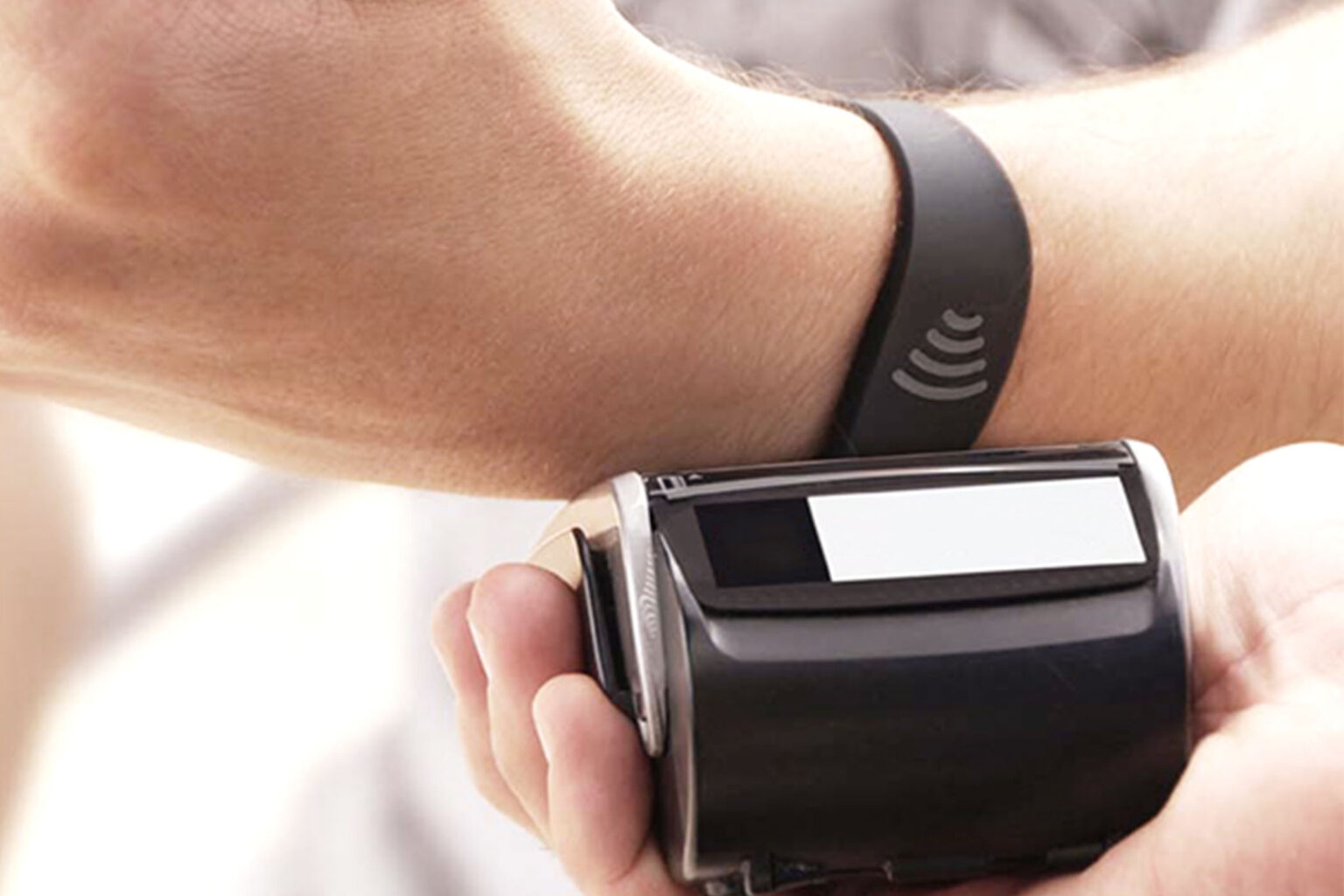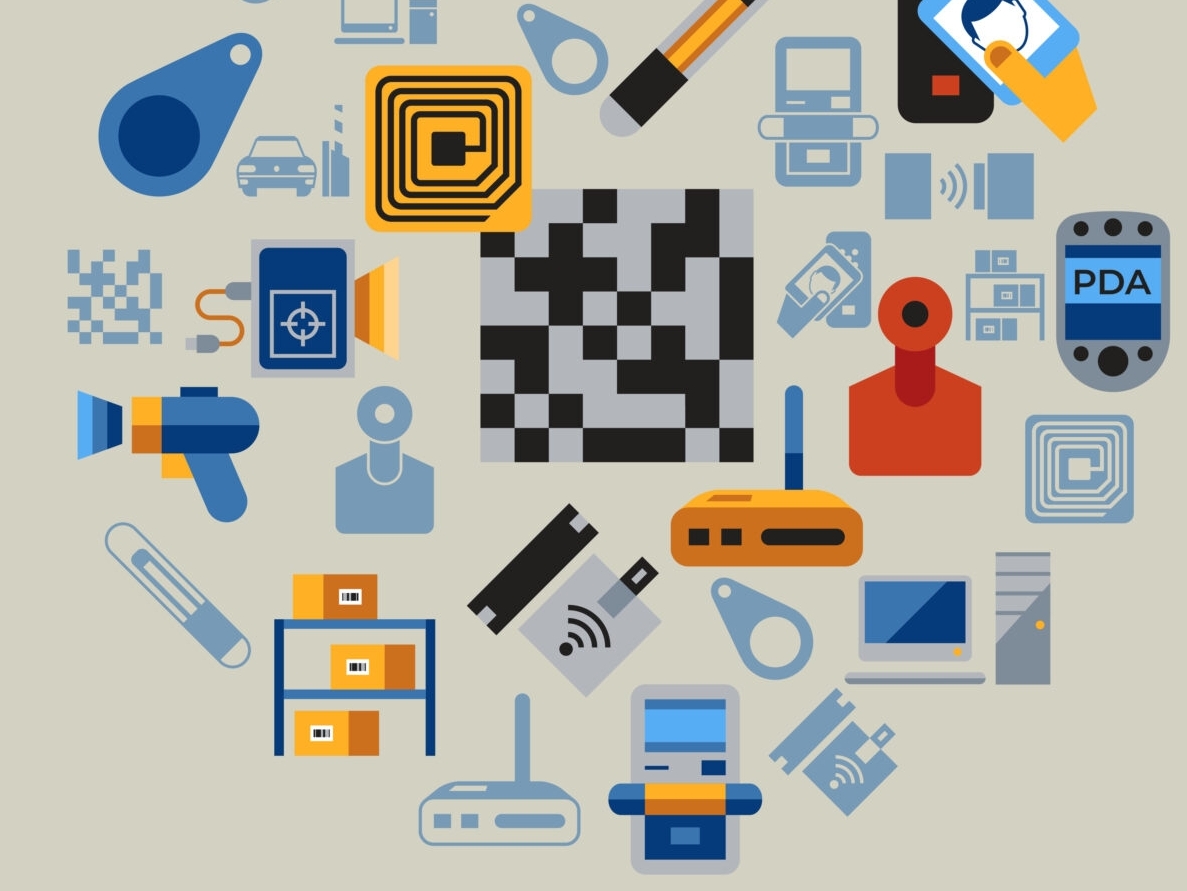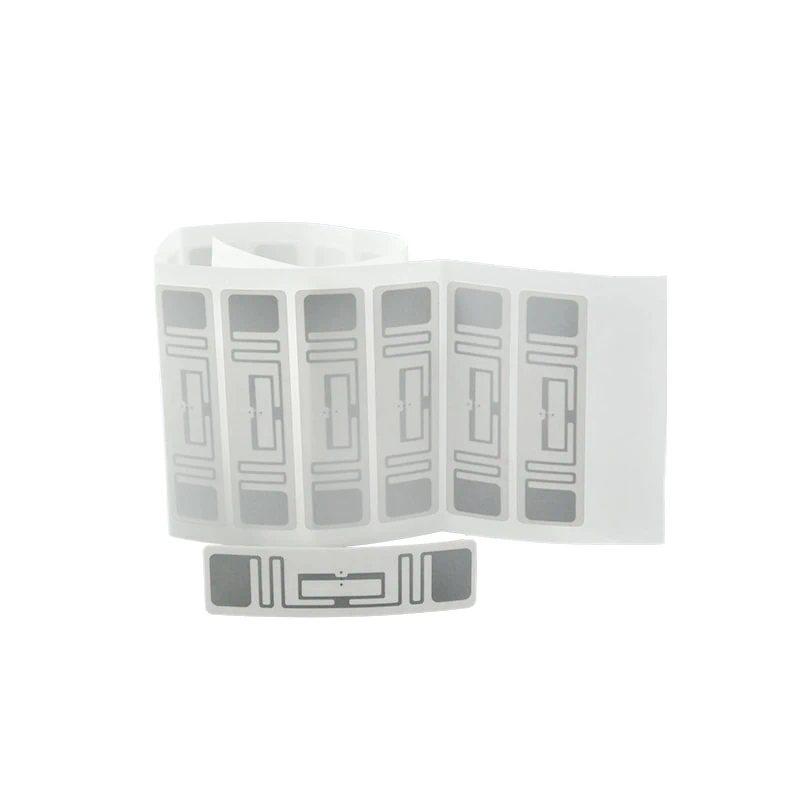1.Access Control and Attendance Systems
Access control is one of the most widespread applications of RFID in the security industry. RFID technology is commonly used in physical access control systems for various institutions, businesses, and campuses. These systems can range from simple access control solutions to multifunctional card systems, such as electronic wallets (e-purses) or those used for library book lending.
In large conference entrances and critical event passages, open access control systems are installed. When attendees or others pass through, the system automatically detects the RFID electronic tags, invitations, or ID cards they carry to confirm their identities. Authorized users pass normally, while their identity information and photos captured on-site are displayed instantly on screens for security personnel to verify. If individuals without the necessary identification or with invalid documents attempt to enter, the system triggers an alarm, allowing security personnel to intervene promptly.
For venues like sports arenas, concerts, and other recreational facilities, RFID systems provide comprehensive access control features for ticket management, reducing losses from ticket forgery. Tickets can be produced using simple RFID cards printed with barcodes, and can also be formatted as membership cards, monthly passes, or annual passes. Moreover, tickets do not need to be removed from a person’s belongings; they can be read simply by being nearby, enabling open access management.
RFID open access control systems possess all the functional characteristics of traditional systems while offering the ability for multiple people to pass through quickly while simultaneously recording individual information for each entrant. As individuals with RFID identity cards pass through, the system automatically collects information from the cards without manual intervention, making access management more convenient. Electronic tags have a long lifespan, capable of being read and written over 100,000 times, with a durability of over ten years.
In practical applications, to achieve enhanced security, open access systems often integrate both open and closed access control systems. The open system typically consists of four components: RFID electronic tags, reading antennas, video image comparison for verification, and control software on a higher-level computer, alongside remote control software based on LAN/WAN.
The RFID rapid attendance system uses the internationally recognized ISO15693 standard at 13.56 MHz, with a reading distance of up to 1.2 meters, facilitating quick attendance tracking in crowded environments. Employees do not need to swipe their cards; multiple individuals can pass through simultaneously, with the system capable of identifying up to 50 cards per second.
2.Parking Lot Management
RFID technology provides independent and continuous system services for parking lot management, ensuring that only authorized vehicles can enter and facilitating digital management of parking services and fee collection. Parking management systems utilizing RFID technology allow for comprehensive control over all vehicles in the lot, enabling computerized management of vehicle information.
In unattended situations, the system automatically records the entry and exit times and license plate numbers of vehicles, providing a complete record of vehicle movements. This enhances control over vehicles with overdue parking fees, accelerates the timely retrieval and delivery of vehicles, and allows for real-time monitoring of garage conditions and parking space availability using portable readers.
Currently, thousands of RFID parking fee systems are in operation across the country.
The RFID-based automatic toll collection system for parking lots consists of a microwave signal identification device, specifically an entrance communicator installed above the vehicle entry and exit points. Each parking user is provided with a registered electronic tag, which is placed in an appropriate location on the vehicle’s windshield and contains an identification code.
As a vehicle approaches the entrance, a vehicle detector senses its presence and activates the entrance communicator, which reads the ID code from the electronic tag via microwave transmission. If the ID code is found in the communicator’s pre-configured database, indicating that the tag belongs to that parking facility, the barrier automatically opens, allowing the vehicle to pass through without stopping. This non-contact rapid identification of vehicles using RFID technology ensures the security of personal property and simplifies the entry and exit processes.
3.Electronic Patrol System
The long-range self-check patrol system is designed for the automated management of security personnel inspections. Utilizing long-range RFID wireless technology, the system automatically collects data without the need to touch the designated checkpoints. This allows security staff to conduct their patrols without interruption, ensuring effective supervision of their daily patrol activities.
The system operates by placing long-range fixed-point markers along the patrol route, while security personnel carry a patrol device containing a long-range identification module. When a guard reaches a designated area with a fixed-point marker, the patrol device automatically collects the unique identification code from the radio frequency signal emitted by the marker, recording the time of the guard’s presence at that location. This data is then transmitted online or later to a computer.
By employing automated long-range data collection technology, the system effectively supervises daily patrols while meeting the complex requirements of patrol management. The random placement of fixed-point markers helps prevent tampering with the identification points, ensuring comprehensive monitoring without gaps.
Additionally, the RFID self-check patrol system can integrate with other systems, such as CCTV monitoring. This combination enhances the safety of the patrol personnel while also discouraging any non-compliant behavior.
4.Anti-theft Alarm System
The indoor security alarm device that utilizes RFID technology combines traditional infrared (or motion-sensing) detectors with RFID identification equipment. By integrating RFID technology with conventional intrusion detection methods, the system differentiates between illegal intrusions and authorized access by analyzing the RFID signals and outputs from traditional intrusion detection devices during the same time frame.
When a person enters the infrared detection area, the system automatically identifies and records the identities of individuals within the monitored range using RFID technology in conjunction with traditional alarm systems. If the detected individual is a staff member wearing a designated ID, the system logs their entry and exit within the monitored area without triggering an alarm, allowing staff to carry out necessary and normal duties in the secured area.
Automotive anti-theft systems represent a newer application of RFID technology. Compact RFID cards containing specific codes have been developed that can be embedded in car keys. These systems require a reader to be installed in the vehicle. When the key is inserted into the ignition, the reader identifies the key’s credentials. If the reader does not receive the specific signal from the RFID card, the engine will not start. This electronic verification method allows the car’s central computer to effectively prevent accidental ignition or tampering.
5.Anti-Counterfeiting Management
RFID anti-counterfeiting technology is primarily applied in areas such as document security, ticketing, and packaging. In high-volume events like competitions and performances, RFID technology can be used to prevent ticket fraud. This approach eliminates the need for manual identification, allowing for rapid entry and also tracking the number of times a ticket has been used, preventing it from being reused illegally—effectively achieving “usage-based anti-counterfeiting.”
The Institute of Automation at the Chinese Academy of Sciences has developed an after-sales service system based on RFID technology that includes an anti-counterfeiting certification platform. This platform incorporates both hardware and a business-oriented structure, providing basic information about products and enabling offline verification. For instance, RFID tags can be embedded into clothing labels or even the garments themselves, allowing for the identification of the production source. By using a unique product identification code, it becomes possible to reliably authenticate these garments, serving to verify their legitimacy and combat counterfeit goods.
6.Product Anti-Theft
Currently, electronic article surveillance (EAS) systems primarily consist of four types: radio frequency systems, electromagnetic systems, acousto-magnetic systems, and radio frequency identification (RFID) systems. These EAS systems vary significantly in terms of product cost, reading distance, and reliability. With the future unification of RFID standards and the widespread recognition and application of RFID tags, coupled with breakthroughs in identification rates and stability, as well as the realization of low-cost tags, RFID anti-theft systems are poised to become a key component of the electronic goods theft prevention market.
An RFID anti-theft system typically includes a radio frequency tag with a memory capacity of just 1 bit (indicating either on or off) that is affixed to an item, and a reader located at the store exit. The radio frequency tag is activated during installation. When in an activated state, the tag is detected by the scanner, triggering an alarm if it approaches the exit. If the item is purchased, the sales personnel will use specialized tools to remove the tag (common in clothing stores), use a magnetic field to deactivate the tag, or directly damage the electrical properties of the tag itself.
7.Personnel Localization
The core of production safety is the safety of personnel. Mining sites, such as coal and metal mines, urgently need tracking and localization devices to automatically monitor and log the positions of workers in real-time, ensuring continuous awareness of each employee’s location and movements underground. RFID-based personnel localization technology, supported by middleware, addresses common issues like missed or false detections, improving reading accuracy. It also supports the security functions of writable RFID tags and helps manage variations arising from the use of different chips or readers. This integration enhances the system’s scalability, reduces redundant investments in system development, and elevates the level of information management for safe production.
RFID technology in the security industry demonstrates its strong potential and wide applicability, bringing innovative solutions to safety management across various fields, from access control systems and parking management to electronic patrols and anti-theft alarms. This technology not only enhances security and efficiency but also simplifies many traditional security processes. In access control systems, RFID’s rapid identification capability allows legitimate users to pass through seamlessly, while the activities of unauthorized individuals can be quickly detected and reported. In parking management, the automatic identification of vehicles and their information makes charging and monitoring more intelligent and efficient. Furthermore, electronic patrol systems leverage RFID technology to ensure effective supervision of security personnel, recording patrol routes in real time, thus improving transparency and reliability in security operations.
In conclusion, RFID technology has revolutionized the security industry. With continuous advancements and expanded application scenarios, it is poised to play an increasingly vital role in future security solutions, contributing to the creation of a safer societal environment. The integration of RFID technology into security management systems marks a significant step forward, paving the way for smarter, more efficient, and more reliable security practices.






